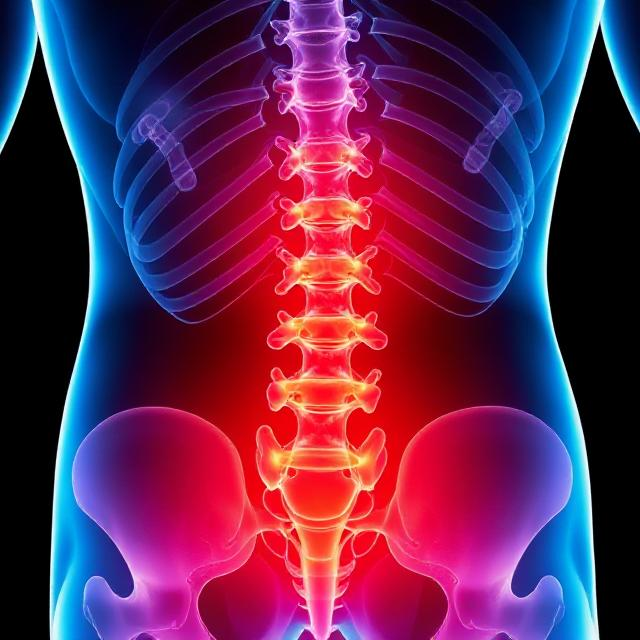What’s The Popping Sound in a Chiropractic Adjustment?


Introduction of chiropractic Adjustment
Chiropractic adjustments are administered following a comprehensive assessment, which may include procedures such as X-ray analysis, motion palpation, thermography, and other relevant diagnostic methods. These assessments help chiropractors determine the most appropriate and effective course of treatment for their patients. A chiropractic adjustment is a precise and controlled maneuver that involves a high velocity, low-amplitude force to realign a misaligned bone to its normal position. While not always the case, it is possible to hear a popping sound during chiropractic adjustments. Research has shown that the audible sound occurred during chiropractic adjustment has no positive nor negative effect in a successful chiropractic adjustment. [1] Therefore, it’s important to emphasize that the presence of a popping sound should not be the sole criterion for evaluating the quality of an adjustment. The effectiveness of an adjustment should be assessed based on the restoration of joint motion and function, rather than the audible sounds produced during the process.
What is the popping sound?
The popping sound that often occurs during a chiropractic adjustment is commonly referred to as “cavitation.” It is a release of gas (usually nitrogen) from the synovial fluid-filled joints in the spine or other parts of the body. The joints are surrounded by a capsule filled with synovial fluid, which helps lubricate and nourish the joints.
During a chiropractic adjustment, a chiropractor applies a controlled and sudden force to a specific joint, causing the joint surfaces to separate slightly. This separation of the joint surfaces creates a decrease in pressure within the synovial fluid, which can cause the dissolved gases (primarily nitrogen) to form bubbles. When these bubbles rapidly collapse or “pop,” it produces the characteristic cracking or popping sound that many people associate with chiropractic adjustments. It is important to note that the sound itself is not a direct indicator of the success or effectiveness of the adjustment. The popping sound is simply a byproduct of the physiological processes occurring within the joint during the adjustment.
However, it’s worth noting that Gonstead chiropractors may utilize a distinctive indicator known as the “G note,” which is essentially a deep popping sound, to signal the success of an adjustment within the Gonstead method. This particular sound serves as a diagnostic and feedback tool for Gonstead chiropractors to assess the outcome of their adjustments. However, it’s essential to remember that this approach is specific to the Gonstead method and may not apply to all chiropractic techniques. Different chiropractors may rely on varying indicators or assessment methods to determine the effectiveness of their adjustments.
Conclusion
In conclusion, not all chiropractic adjustments result in an audible pop, and there are many different techniques and approaches used by chiropractors that do not involve joint cavitation such as activator technique. Additionally, scientific research has demonstrated that the occurrence of joint cavitation does not necessarily correspond to the effectiveness of chiropractic adjustments. The primary objective of chiropractic adjustments is to improve joint function by setting the bone to a better functional position to reduce swelling, thus reducing nerve irritation. As a result, lesser nerve pressure leads to less pain, better joint health, and enhance overall well-being rather than solely aiming to producing a “popping sound” or getting a temporary relief.



